Kilns for Firing a Yixing Teapot
NOTE: this post is out of date. Those Interested in Yixing Teapots are suggested to read An Introduction to the Art & Science of Chinese Tea Ceremony: Yixing Teapots – Knowledge, Connoisseurship, and Technique
There were two types of kilns historically used in Yixing: Snake Kilns and “Modern Tunnel” Kilns. Later, gas and electric kilns came to be used instead.
Snake kilns were used throughout China for thousands of years, and the only type of kiln in use up to 1957. Snake kilns are simple, single-column climbing kilns made of clay and brick with a frontal firing chamber, air and fuel ports along the side, and a tall chimney at the far end. The kiln is set on a slope with the chimney at the highest point, which causes a consistent oxygen flow due to the heat rising up the slope and out of the chimney. These kilns could be up to 60 meters long and burn for over a week (though they would have been shorter and faster for yixing firings).
This is one of the primary kilns of Yixing:
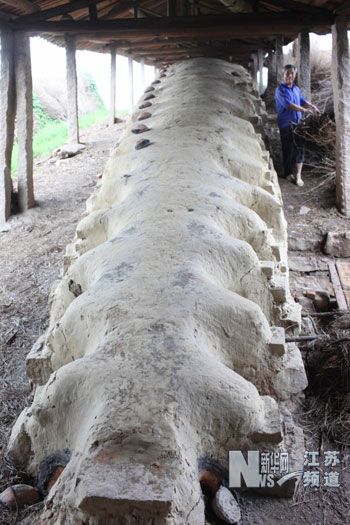
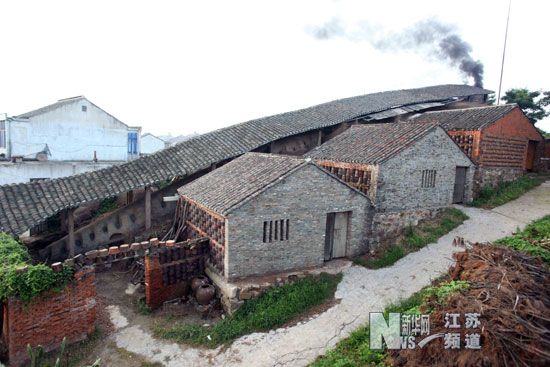
As the pine wood, bamboo, and other debris used to fire the kiln produced a lot of smoke, something had to be done to protect the yixing pots from becoming glazed with ash (though there are examples of glazed and ceramic covered yixings) and thus the yixings were placed into firing boxes of coarse clay. You can see how the teapots are protected from ash in this photo:
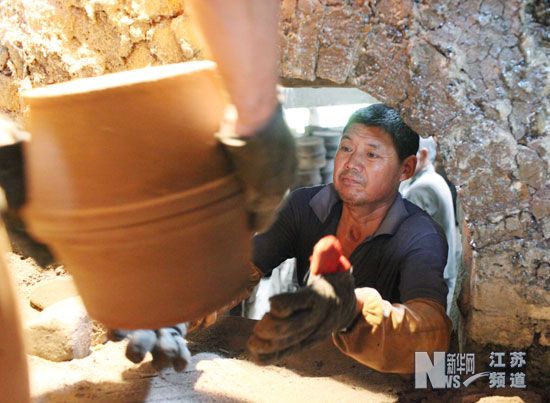
The snake kilns are actually single chamber versions of the Noborigama multi-chamber climbing kilns which spread from China to Japan in the 5th century.
Because of the age and rarity of Yixing teapots fired in a snake kiln, they sell at a (large) price premium – but determining if a Yixing has been wood fired is difficult. Scorch marks, ash, and heat differences should not be visible on the surface or inside the teapot. Usually (but not always…), those marks are indications of a fake, as the pots are protected by the “firing boxes” pictured above. The firing boxes act as mini-ovens by creating a slower temperature ramp up (when the kiln is lit) and down (when the kiln is oxygen sealed). In addition to protecting the Yixing from the atmosphere in the kiln, the slower heating and cooling process reduces the breakage rate.
It is thus important to note that unlike other wares, where the natural glazing from wood firing is highly sought after, Yixings primarily benefit from the longer firing time and slower heat ramps of the original snake and tunnel kilns. Furthermore, a snake kiln fired Yixing is almost certainly from a higher quality of clay than a contemporary teapot (of the same era) or would be of older provenance.
These are me and my students firing our Ongi ware in a Korean multi-chamber climbing kiln built by the Jesuits in the 1700’s:
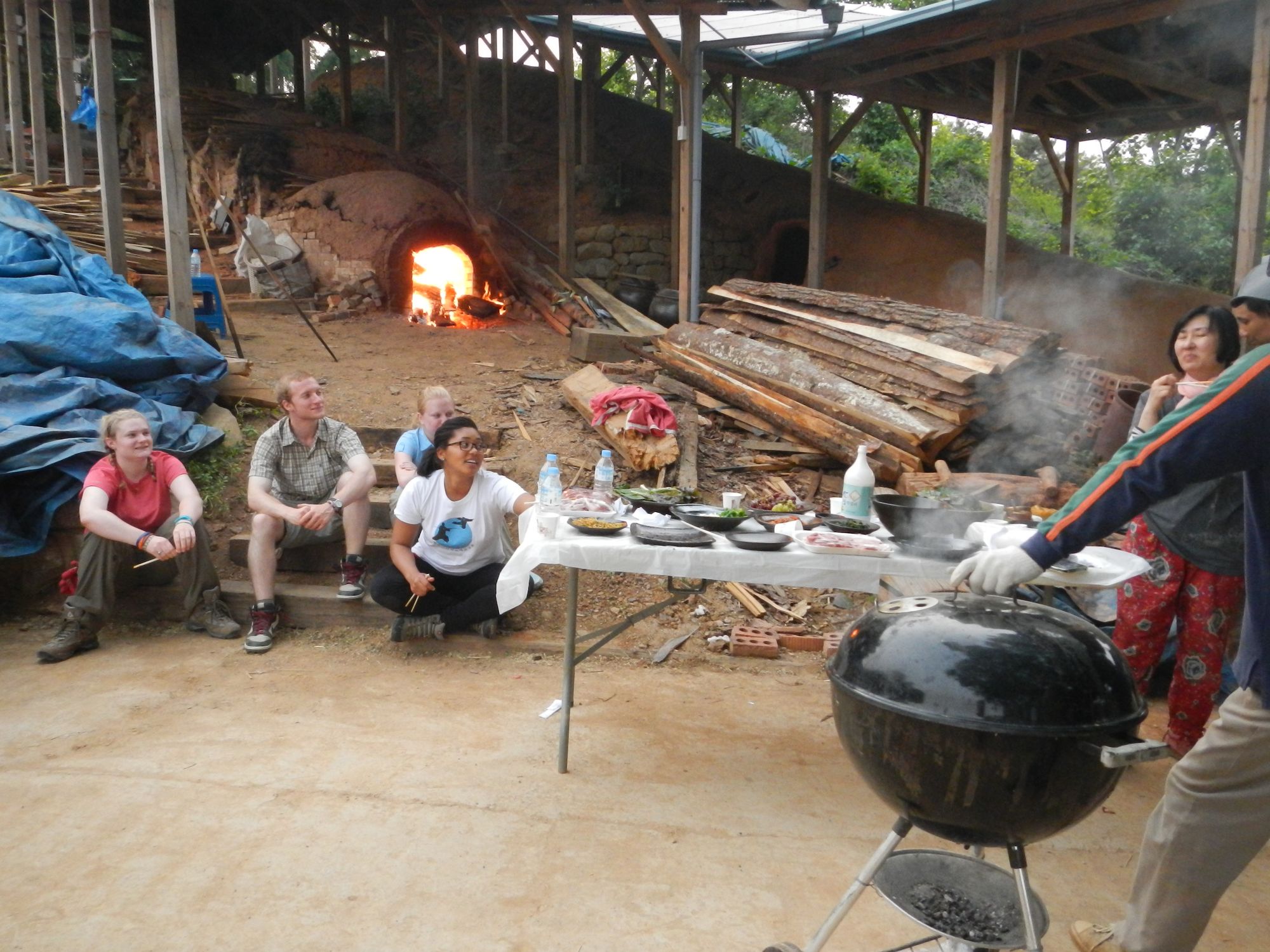
The hand building and wood firing process are nearly identical to what would have been done in China, and the BBQ far better….
This kilns get unbelievably hot and temperamental:
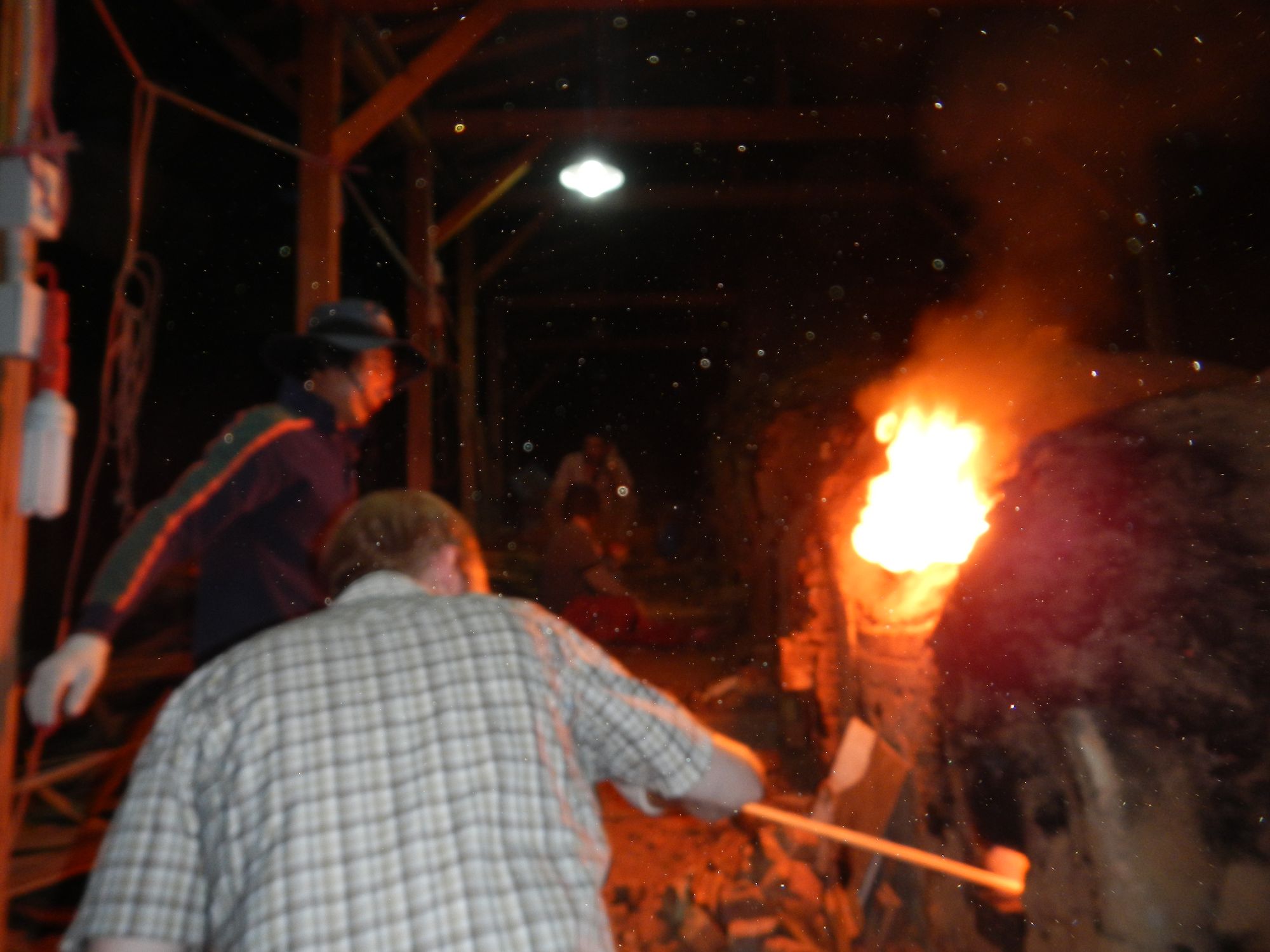
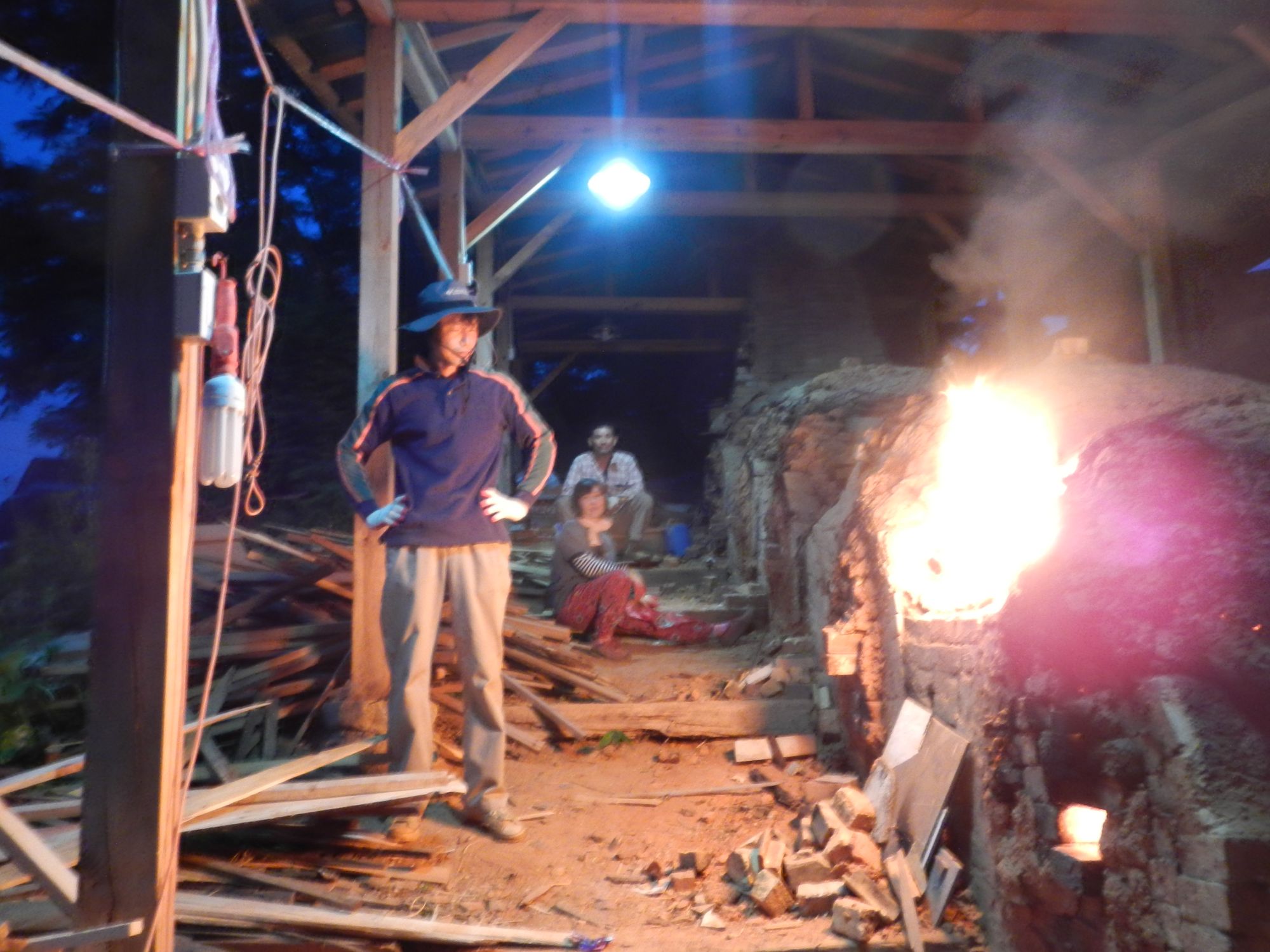
Modern tunnel kilns, a type of flat, long, single chamber kiln, fired with smokeless blacksmith coke were also used for some time after 1957.
Gas Kilns and Electric Kilns are now the only type of kilns still in use to produce real and fake Yixing teapots. These kilns can get much hotter than the original kilns and are favored for their fine temperature control and stability. Gas and electric kilns reduced temperature fluctuations leading to reduced breakage and thus lower production costs.
Considerations
Old Yixings are rare. It much more likely that someone is lying to you versus getting lucky and finding a 1900’s Republic of China wood fired Yixing by a master potter for ~$200 in a shop filled with other teapots. Stop and consider if the merchant is going to buying their girlfriend an extra nice dinner because they made the sale to you.
The highest fired wares, and thus the least porous (ceteris paribus), are from electric kilns. They can get much hotter than snake or tunnel kilns.
There are differences in firing temperatures, clay availability, and which master potters used specific historical snake kilns – if you don’t already know, you probably shouldn’t purchase. Tuition is an expensive thing to waste.
Gas and electric kilns are not bad per se – they should not carry any stigma if you are purchasing a newer Yixing teapot and are happy with the clay quality (because any newer Yixing teapot will, with few exceptions, be from a gas or electric kiln). Good clay was available until the late nineties, and some great clay is still available today. All of those pots will have been fired in a gas or electric kiln – perfectly suitable for brewing great tea.
Migrated Comments
Pat Penny
That was definitely some of the best barbecue I’ve ever had.
Jason's Reply
Wood fired Kiln’d Korean BBQ!
Do you remember – they actually put the meat through the air vents to brown the outside, leaving the inside medium-rare (instantly)?